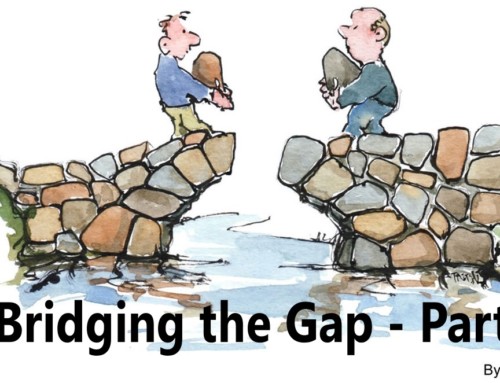There is no doubt that the current economic environment may require unprecedented solutions for poor business performance.
The national unemployment rate climbed to 8.1% in February, indicating that layoffs might be the “go to” solution for many companies experiencing declining business results, but this solution is far from unprecedented. Any seasoned business professional has likely weathered this storm multiple times in her career as either the orchestrator or the pink slip recipient.
What research has shown is that reductions-in-force have either no impact on performance or a negative impact on performance.
A study by Bain and Company of S&P 500 firms during the 2001 downturn, showed that it took six to 18 months to realize savings from job cuts.
What is more difficult to calculate is the impact from the knowledge drain, plunging employee morale, loss of trust in Senior Leadership and voluntary turnover that follows a reduction-in-force.

While turnover may not feel like a probable threat in the current economic environment, statistics show that voluntary turnover increases after a reduction in force by as much as 30%. Old patterns would suggest that organizations will be recruiting for professionals with talent similar to those who were displaced within 18 months to two years. Upon evaluating the long-term, negative consequences associated with a reduction-in-force, company leaders might wonder what other possibilities exist.
We know this recession is different and requires a different solution.
What if organizations included those people who are the organization – the employees – in the discussion for solutions? What if the employees were trusted with complete transparency and were asked for their ideas? That is precisely what happened at Beth Israel Deaconess Medical Center. The Boston Globe reports that CEO, Paul Levy, humbly asked the 8,000 health system employees for suggestions in the name of saving jobs. He immediately began receiving ideas at a rate of 100 per hour that included cutting hours and giving up pay increases.
People want to belong to organizations, they want some sense of control over their futures and they want to see their companies succeed. Organizations have an opportunity to enlist the support of employees as a united force, fostering creativity, generosity and loyalty.
Employee involvement during tough times is an idea supported by Darrell Rigsby, author of Moving Upward in a Downturn, Harvard Business Review. He suggests that difficult times should be used to strengthen the company through:
1)Building stakeholder relationships
2)Refocusing on the core business
3)Pruning the portfolio
4)Establishing a set of core values
5)Establishing a sustainable cost structure
There are times when a reduction-in-force might be the last option to save a faltering company. In that case, leaders must become transparent, accept responsibility, over communicate and express compassion and empathy. The leaders job following the cuts will be to support the healing of the organization and the transformation into hope and eventual health.
If you have already endured the reduction-in-force and are wondering what’s next, read our follow-up blog Recovery After A Reduction-in-Force.






Great blog post Julie!